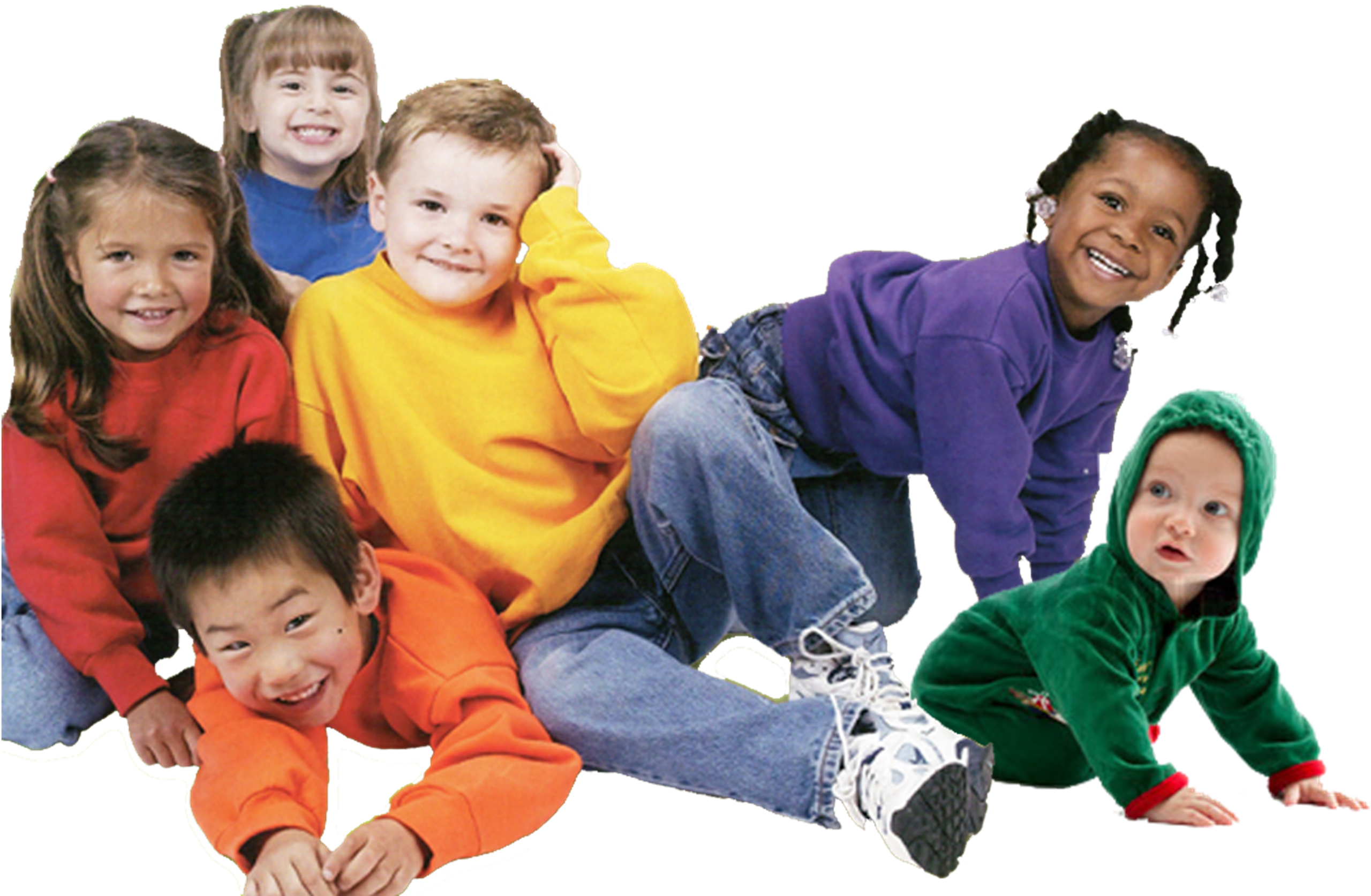Climate Change and Education: A Growing Crisis
Climate change is increasingly impacting education, particularly for children in vulnerable communities. A new global report highlights that early exposure to extreme heat can lead to a loss of up to 1.5 years of schooling. This alarming finding underscores the direct effect of climate-related stressors on educational outcomes and threatens to reverse decades of progress in education.
The Impact of Climate-Related Stressors
Climate-related events such as heatwaves, wildfires, storms, floods, droughts, diseases, and rising sea levels are significantly affecting education. These factors contribute to school closures, learning loss, and higher dropout rates, especially in low and middle-income countries. According to the report, most of these nations experience annual school closures due to climate-related issues, which exacerbate existing educational disparities.
The study, conducted by UNESCO’s Global Education Monitoring (GEM) team, the Monitoring and Evaluating Climate Communication and Education (MECCE) project, and the University of Saskatchewan in Canada, reveals that over the past 20 years, schools have been closed in at least 75% of extreme weather events. These closures have impacted millions of students globally.
Heat Exposure and Educational Outcomes
Exposure to high temperatures has a detrimental impact on children’s educational achievements. An analysis of census and climate data from 29 countries between 1969 and 2012 showed that higher-than-average temperatures during pregnancy and early childhood are linked to fewer years of schooling, particularly in Southeast Asia.
The report states that a child exposed to temperatures two standard deviations above average is predicted to attain 1.5 fewer years of schooling than those experiencing average temperatures. In China, high temperatures have reduced performance on high-stakes tests, leading to lower high school graduation and college entrance rates. In the United States, a one-degree Celsius increase in temperature without air conditioning led to a 1% drop in test scores. Very hot days disproportionately affected African American and Hispanic students due to inadequate infrastructure, contributing to about 5% of the racial achievement gap.
Infrastructure Challenges
Many public school districts in the U.S. need to update or replace heating, ventilation, and air conditioning systems. In Brazil, disadvantaged municipalities with high heat exposure saw students losing about 1% of their learning per year due to rising temperatures.
Marginalized Populations at Greater Risk
The report emphasizes that climate-induced education vulnerability is more severe for marginalized groups. Of the 10 countries most affected by extreme weather events in 2019, eight were low- or lower-middle-income countries. Among the 33 countries facing extremely high climate risks for children, 29 are considered fragile states.
In the U.S., individuals with low income or no secondary school certificate are 15% more likely to live in areas with the highest projected increases in childhood asthma diagnoses due to climate-driven air pollution. School districts receiving federal disaster recovery funds often serve socially vulnerable populations.
Natural Disasters and School Infrastructure
Frequent natural disasters, including floods and cyclones, have resulted in student and teacher deaths and damaged or destroyed schools. Following the 2013 floods in Jakarta, access to schools was disrupted, and many were used as emergency shelters. Some schools closed due to damage. Surveys revealed that 81% of schools with disaster management plans found them effective in crisis situations.
Conclusion
As climate change intensifies, its impact on education becomes more pronounced. Addressing these challenges requires urgent action to protect children’s learning opportunities, especially in the most vulnerable regions. Investing in resilient school infrastructure, improving access to cooling systems, and implementing comprehensive disaster management plans are critical steps toward safeguarding future generations.







